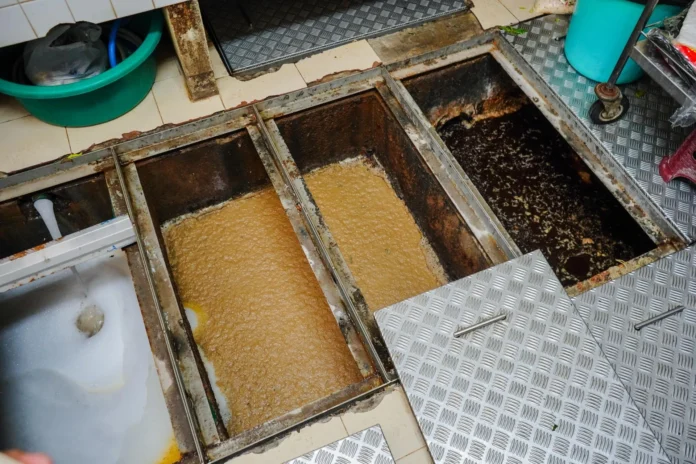Although most people think that grease traps are only important for large restaurants, fast-food chains, and commercial kitchens, this isn’t entirely true. In fact, homeowners that have installed this system in their homes claim that it has kept their sewers working properly and their kitchens odor-free.
However, simply installing a grease trap isn’t enough, meaning that you’ll also have to learn how to maintain and clean it properly. To help you learn what you’ll have to do and to guarantee that you do everything in the correct way, here is a list of 10 grease trap upkeep tips and tricks all homeowners should know:
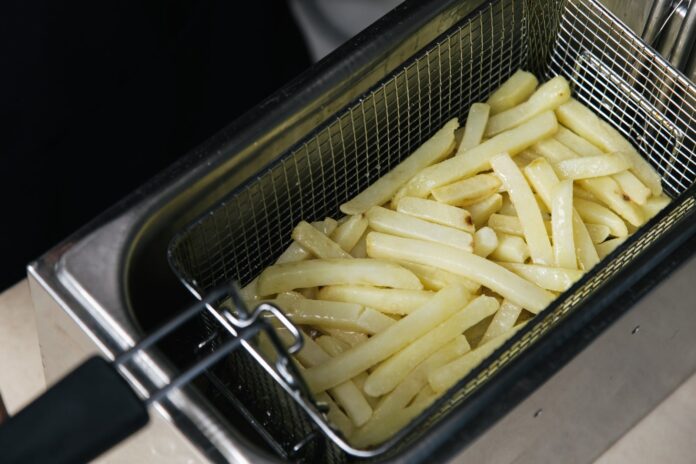
-
Firstly, Ensure That it Was Installed Properly
Before you do anything else from our list, the very first thing that you must do is to make sure that the grease trap was implemented properly. What does this mean you should do? Well, you must look at and monitor your trap for a week. Unless you’ve washed it several days ago, there should be oil and grease in it. You should remember if you cannot see any grease or remains, the trap wasn’t installed properly, which can cause a wide range of issues for you.
Now, it’s worth mentioning that if it isn’t installed properly, it’ll need to be adjusted, mostly because it can create additional issues if it isn’t. Hence, if you don’t notice any grease or other residue in the trap, call the company that installed it, and ask them to come and see what the issue is. By doing so, you’ll ensure that it works properly, but more importantly, that it doesn’t damage your plumbing system.
-
Using Your Garbage Disposal Can Get Messy
Yes, using a garbage disposal system is incredibly beneficial, however, it can, and most likely will make everything messier. What does this mean? Well, if you’ve placed it in your kitchen, the residue will most likely end up in your oil trap, hence, when the time comes for you to cleanse it, you’ll be facing sludge, odor, and food waste, which will naturally make the entire cleaning and care process more daunting and complex.
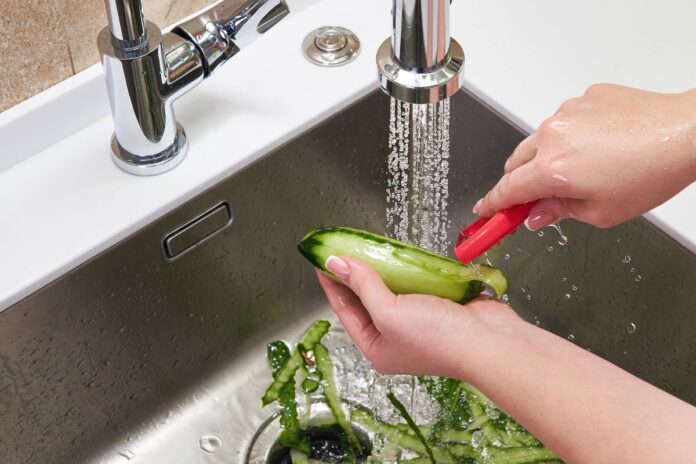
-
Cleaning The Dishes is a Must
Once again, it’s crucial that you keep solid food from entering your grease trap system. So, when you’re loading your dishwasher, it’s better if you choose to clean the dishes before placing them in the appliance. Besides ensuring that no residue ends up in your trap, this will also help you with maintaining and keeping your dishwasher spotless, hence, try your best to scrub your dishes before placing them in the machine.
-
Place Filter on Your Drains
You can also install filters on your drains, including the ones on your floor, sinks, dishwashers, and bathrooms! This will prevent any solids from entering the trap, thus, the upkeep and cleaning process will be simpler for you. Also, you must never pour fat and oil residue directly down your drain, since this could easily overload the trap. Instead, you could pour it in a container, and later on, dispose of it in the correct way.
-
The Lid Needs to Be Carefully Taken Off
The initial step you must take is to take off the lid from the trap. You’ll require a wrench or a different tool for doing this, and keep in mind, you’ll have to do it carefully, mostly because you’ll want to assure that you don’t damage the components – something that could result in some expensive repairs and replacements. Once you remove it, put it at a place where it won’t get dirty while you’re going through the cleaning process.
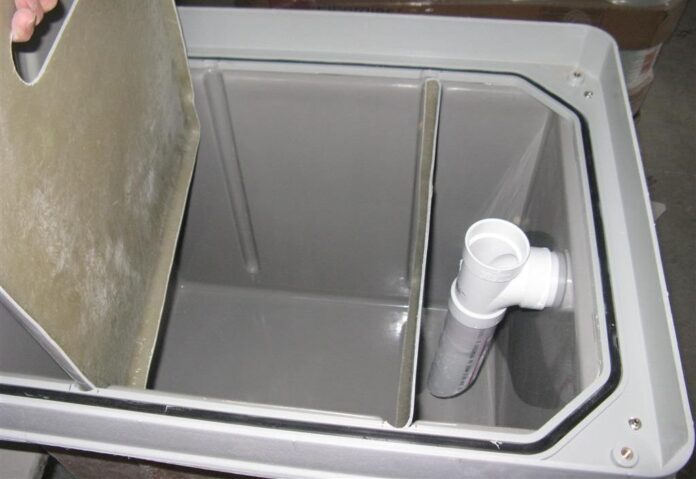
-
The Water In The Trap Needs to Be Cooled Down
Before you can start washing your trap, you must assure that the water inside of it is completely cooled down. Once it is, you’ll see all the oil and grease on the surface of the water, which will allow you to quickly and easily separate it from the liquid. It can get extremely messy, so, if you don’t want to go through the process by yourself, you could always choose to hire an experienced organization such as greasetrapjacksonville.com that’ll help you.
-
Measure The Layer And Remove Solid Waste
When you’re done removing the oils and grease from the surface of the water, you’ll need to measure the thickness of the grease by using a long stick or a ruler. This is an important step, so, ensure that you don’t skip it. Additionally, you should remove any solid waste and water from the tank which you can do in two ways – either by using a bucket or an industrial, heavy-duty scooper. If you don’t have these tools, hiring a professional might be better since they’ll have all the tools they require.
-
Scrapping is a Must
When you’re done with all the aforementioned steps, you’ll have to start scrapping. This is incredibly important mostly because more than 10 percent of grease end up and build-up on the walls and bottom of the trap. Use a high-quality scraper, some warm water, as well as gentle soap. Carefully remove all particles from the sides and bottom of the trap and the soap will help you eliminate odors that can get quite strong.
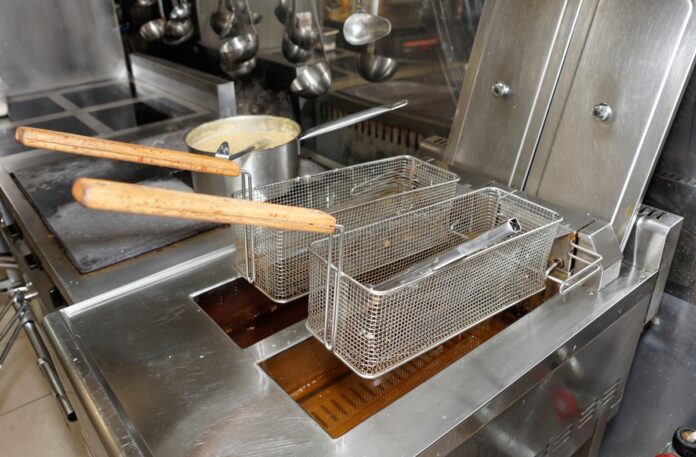
-
Check to See if it Works Properly
When you’re finally done with the maintenance process, you’ll have to check whether or not it’s working properly. To do this, you’ll need to pour a bucket or two of water down your drain and see if it’ll flow properly. If it doesn’t, there is probably something blocking it or it could be a problem with your plumbing, and if you cannot solve the issue by yourself, it’s better to call a plumbing company that’ll help you with the issue.
-
Return The Components + Dispose of The Waste
Lastly, you’ll need to return all the components that you’ve removed, and dispose of the water and residue. You’ll need to wait until the entire mixture of fat, food, and water solidifies, and once it does, you can easily put the waste in containers and/or trash bags, and dispose of it as your local government requires. This is the last step in the process and when needed, you can repeat it to keep your fat trap clean.

